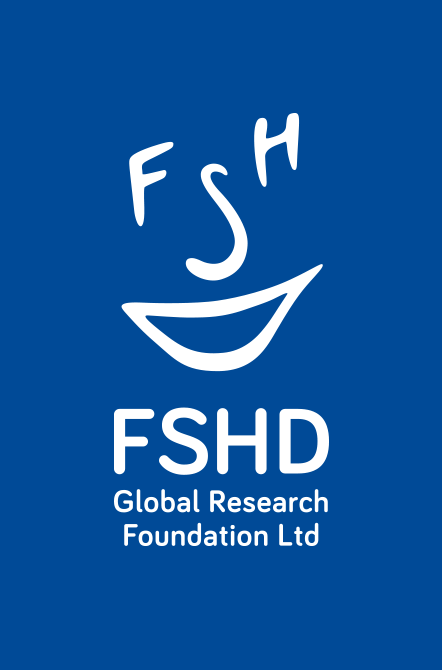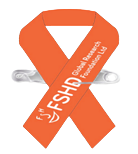GRANT 10
Research Institution: University Academy WalloniaBrussels and University of Mons Belgium
Principle Investigator: Prof Alexandra Belayew
Type: Study
Project title: “Study of DUX4 and DUX4c gene expression in human embryonic stem cells”
Status: Completed
Summary
A gene is a stretch of DNA, a 4-letter language that carries the recipes to make a protein. Genes are found on the chromosomes which are stored in the nuclei of our cells. The proteins do everything in our cells and our body: they insure their structure such as the muscle fibers, they make muscle contractions, they work as enzymes to digest our food and produce energy, etc . Each gene’s recipe is copied to a messenger (mRNA) that may leave the nucleus and goes to the area of the cell (cytoplasm) where it directs production of a given protein according to its recipe.
Professor Belayew’s laboratory identified the DUX4 gene, which is hidden in repeated DNA stretches long thought to be useless on chromosome 4. The FSHD disease is caused by activation of the DUX4 gene in muscles, where it is normally not active. This leads to the production of the DUX4 protein that acts like a crazy orchestra conductor causing inactive genes to be active and active genes to stop producing their proteins. Many FSHD symptoms can be explained by this disregulation of genes by the DUX4 protein.
Several researchers have detected the DUX4 messengers in cells of normal human embryos. Their work aimed to characterize this DUX4 protein produced in normal embryo cells, to understand why it is not toxic in them. Prof. Belayew’s group collaborated with Prof. Karen Sermon (VUB), an expert in human embryonic stem cells (hESC). The hESC come from surplus embryos donated for research by couples involved in a pre-implantation diagnosis program. These couples are at risk of transmitting a genetic disease to their children and seek genetic diagnosis for their embryos obtained by in vitro fertilization. In this process, embryo derived cells are tested for genetic disease on day 3. On day 5 healthy embryos are transferred to the prospective mother and defective embryos are donated for research. These defective embryos are used by researchers to generate hESC lines that can be grown for extended times retaining their primitive (immature) characteristics, but if stimulated by chemicals they can develop (mature) into cells of different body tissues.
Prof. Sermon’s group developed 2 healthy and 2 FSHD hESC cell lines. With FSHD Global Foundation assistance Prof. Sermon also obtained 3 FSHD hESC lines from Genea (Sydney). They have now established all of these hESC lines, as frozen stocks, and have grown them as immature and mature cell types for testing. When enough hESC cells were available, about every 2 months, Jeni Dimitrova, a graduate student in Mons, prepared proteins from them for analysis in Prof.A. Belayew’s laboratory. Jeni found the DUX4 protein, to be at very low levels. She separated all the proteins according to their size and the DUX4 protein was detected using a very sensitive technique developed in their laboratory, for FSHD muscle cells. Jeni identified 3 different proteins: one of DUX4 size and two larger ones, in both the 2 healthy hESC and the 5 FSHD hESC cells. The smallest protein was suppressed by an agent that inhibits DUX4, confirming DUX4 involvement. These 3 proteins seemed similar in immature FSHD and healthy hESC.
Prof. K. Sermon matured the healthy hESC cultures causing many different types of cells were present, and the DUX4 protein was not found any more in these cells. These researchers will now synchronise the cell maturation of the hESC to a single cell type, to allow study of DUX4 protein degradation with time and compare FSHD to healthy cells. This phenomenon had been observed for DUX4 mRNA in stem cells produced from mature adult skin cells in Prof. S. Tapscott’s laboratory in Seattle that were induced to become primitive pluripotent stem cells (iPSC), but has not previously been studied in hESC. They aim now to characterize the different DUX4 mRNAs and proteins from hESC and to examine effects on cells when these mRNAs are inhibited.
Prof. A. Belayew’s laboratory has also identified the DUX4c gene, which produces a protein similar to DUX4 that is not toxic and probably involved in repair of injured muscle. During the last year they established with Prof. K. Sermon that DUX4 and DUX4c proteins are observed in both healthy and FSHD hESC cells, indicating the importance of further studies of their function.




